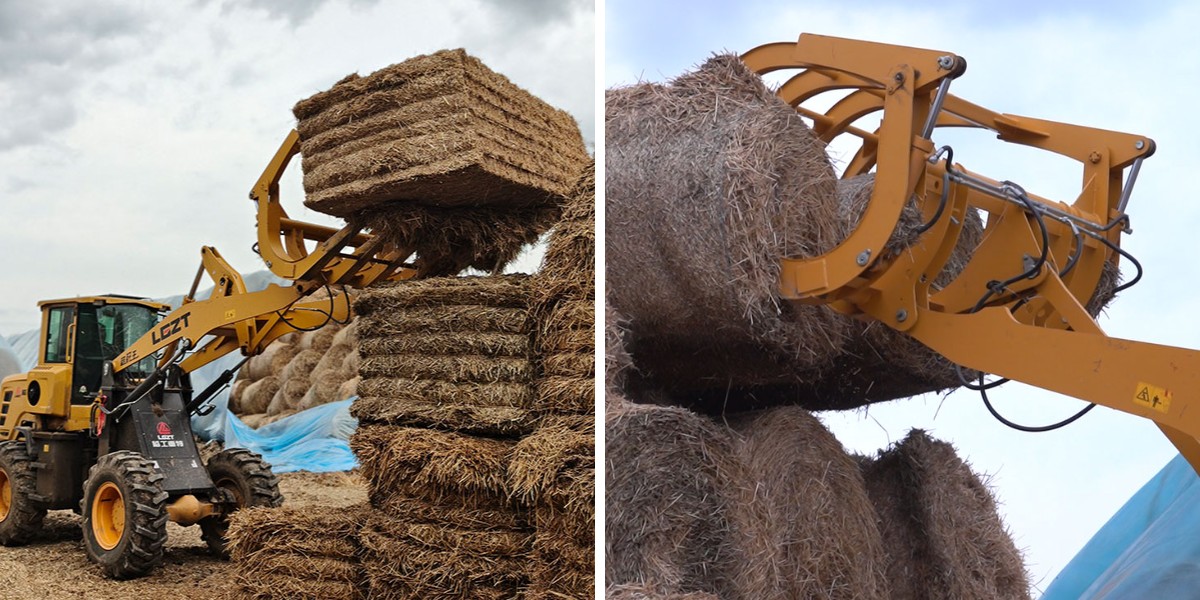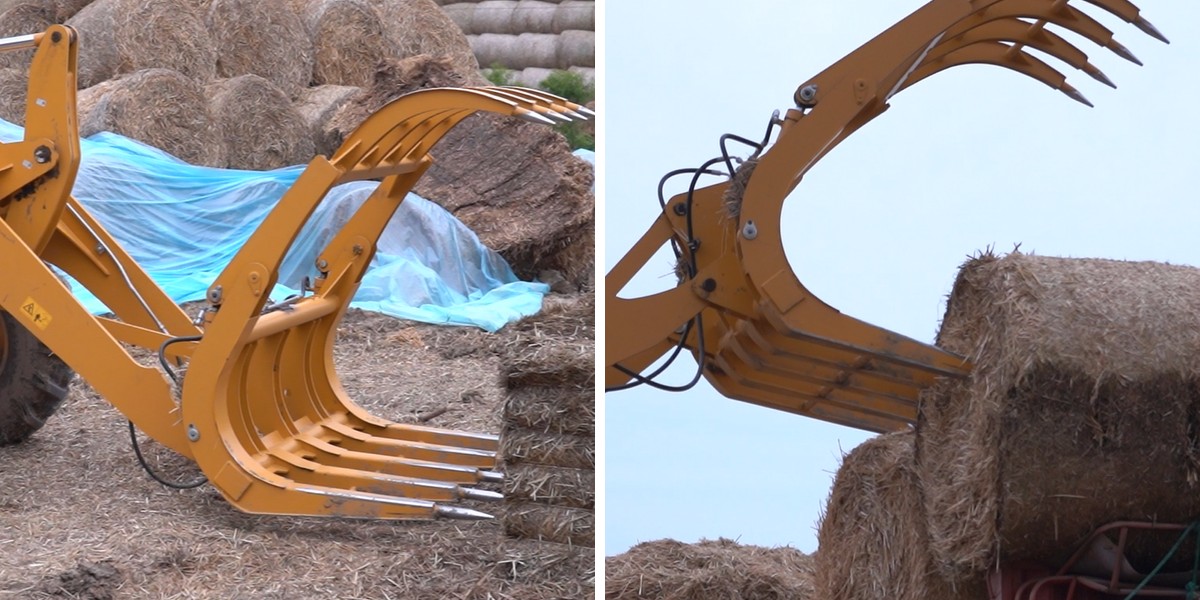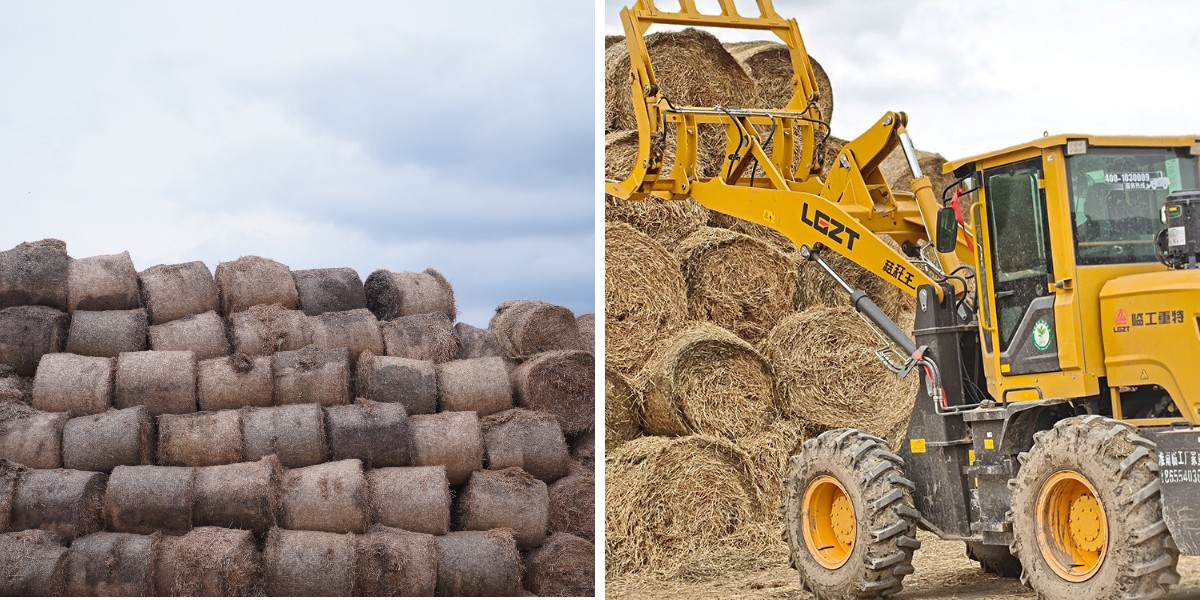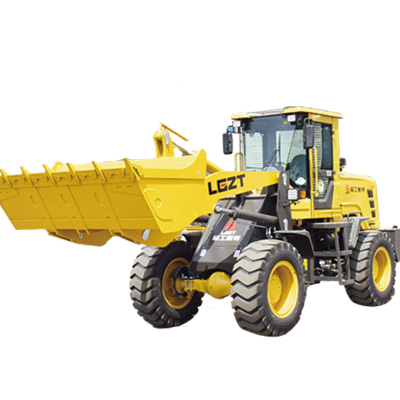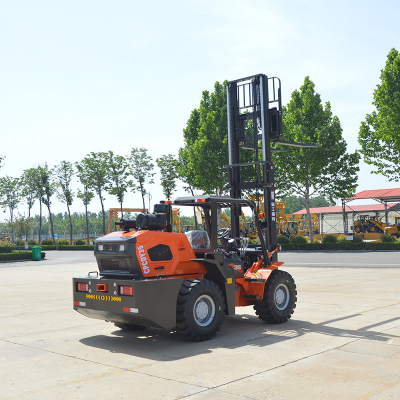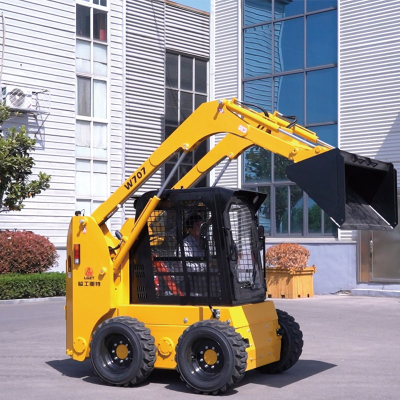How to choose a pitchfork wheel loader: a full-process guide from demand to maintenance
In the fields of agriculture, forestry and material handling, pitchfork wheel loader has become a powerful tool for modern production with their efficient operation capabilities. However, faced with a wide variety of products on the market, how to choose a model that is highly adaptable, durable and economical? This article will systematically analyze the key points of purchase from the dimensions of demand analysis, core configuration, adaptability to operating scenarios and maintenance costs.
1. Clarify operating requirements: accurately locate functional boundaries
The first prerequisite for choosing a pitchfork wheel loader is to clarify the operating scenario and material characteristics. For example:
Agricultural scenario: suitable for the collection and transportation of light and loose materials such as straw and forage, and it is necessary to pay attention to the balance between bucket volume and grabbing efficiency.
Forestry application: can grab wood, transport wood, etc.
Comprehensive use: can be equipped with a quick-change device, which can quickly replace other auxiliary accessories, so that one machine can be used for multiple purposes and improve the utilization rate of a single machine.
2. Tooling adaptability: the key to matching operation characteristics
The design of the pitchfork as a core operation accessory directly affects efficiency and safety:
Structural strength: It is preferred to use a pitchfork made of high-strength manganese steel or composite materials, which can adapt to long-term high-frequency operations.
Quick-change device: Models equipped with hydraulic quick-change joints can quickly switch tooling such as buckets and wood clamps to improve equipment utilization.
In addition, attention should be paid to the matching of the pitchfork with the main hydraulic system. Some models can achieve precise control of the grabbing action and reduce energy loss by optimizing the hydraulic circuit design.
3. Power and transmission system: balance between efficiency and economy
Power selection:
Fuel model: Diesel engines need to take into account both power and fuel consumption.
Electric model: Suitable for indoor or environmentally friendly scenes, and attention should be paid to battery life and charging efficiency.
Transmission system: Reinforced drive axle, more adaptable to harsh working conditions
4. Work environment adaptability: terrain and climate considerations
Tire selection:
Solid tires: Suitable for high-risk environments to avoid the risk of tire blowouts.
Passability design:
Wheelbase and minimum turning radius: For narrow site operations, short wheelbase models should be selected, and attention should be paid to the turning radius.
Ground clearance: When working in hilly or muddy areas, it is recommended to select models with a ground clearance of ≥400mm to enhance passability.
5. Maintenance and cost control:
Replacement of wearing parts:
Choosing models with modular design of key components such as booms and buckets can shorten maintenance time.
Fuel economy:
Diesel engines are powerful and fuel-efficient, making them a very good choice.
Choosing a pitchfork wheel loader requires comprehensive consideration of operating requirements, tooling adaptability, power matching and full life cycle costs. Through scientific selection, production efficiency can be significantly improved and equipment service life can be extended, providing reliable protection for modern operations. As an excellent small construction machinery R&D and production manufacturer in China, LGZT sincerely recruits global agents and welcomes your consultation.

